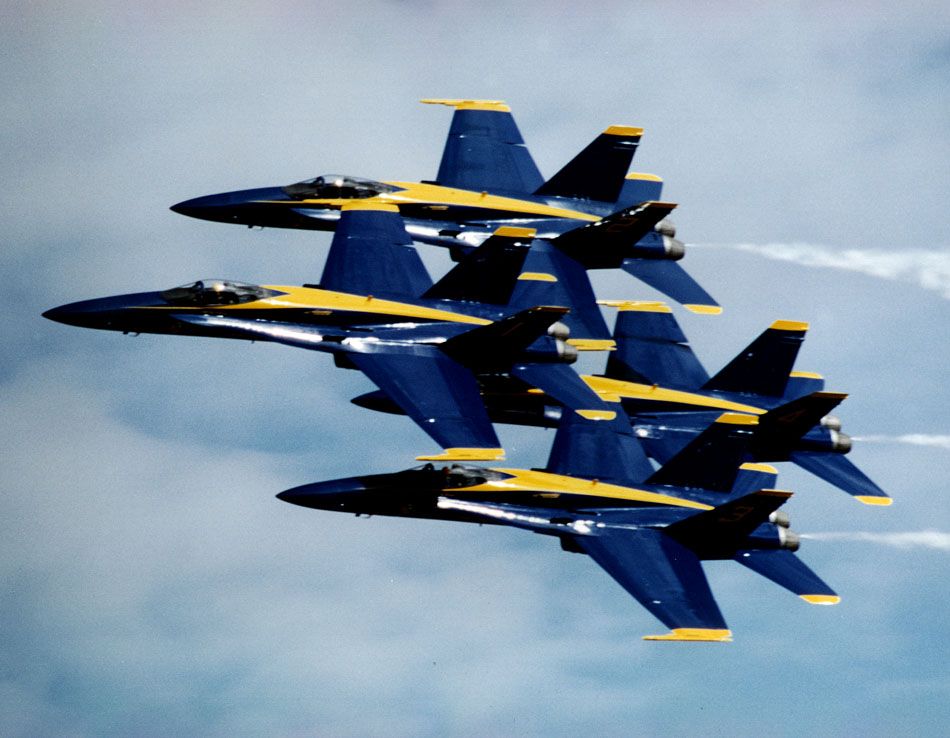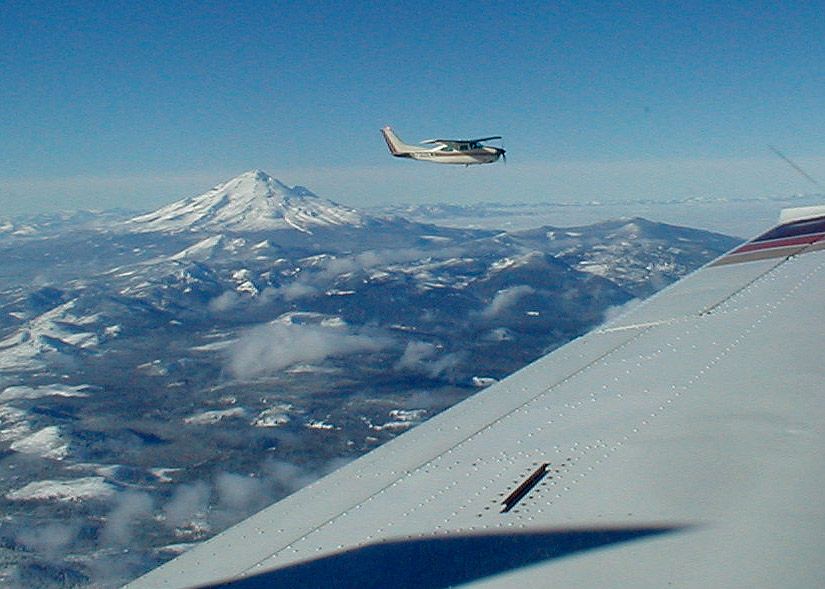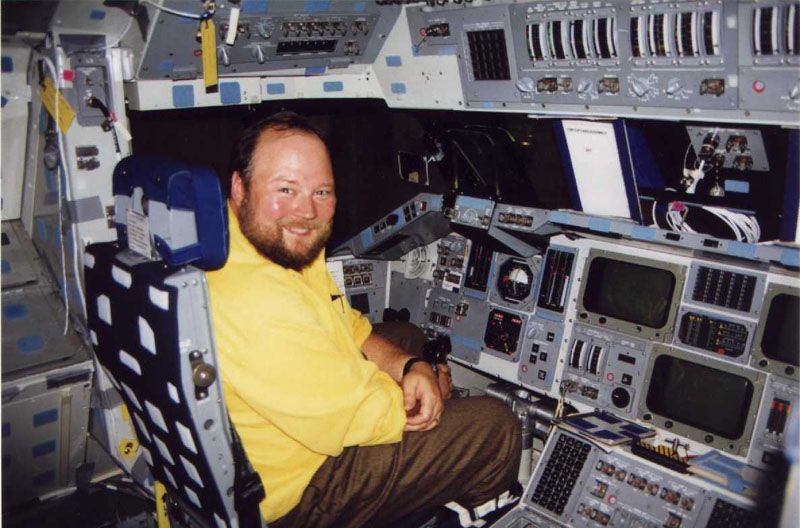Rich Acuff's Flying
Non-rating Training
There are two things that make me able to help with more advanced systems and airplanes. First, I've flown on real trips with my friends and family in many of the faster, heavier, more capable airplanes. Second I've used my engineering background (12 years as a scientific programmer at Stanford) and studied the advanced hardware to learn the details that make a difference.Advanced Systems
I'm familiar with and can teach many modern advanced avionics extras, including GPS (Garmin, King, UPS/Apollo, Northstar, Trimble; I especially like the Garmin 400/500 series), the Sandel EHSI, STec and King autopilots, Lightning detection, engine analyzers, and fuel computers.Ferry Flights, Aircraft Pickup and Cross Country Support
I can help you pick up a new airplane and get up to speed (both for yourself and for your insurance requirements). Or if you just want help with a big cross country adventure (perhaps combined with some IFR training, for instance), I can help. I accompanied Jim Werle and Deb Lamere on two such flights (click to see the stories). Just for grins, here's the story of one of my colder flights in Ohio.Planes I Fly
Here's a list of planes I have non-trivial experience with (as of today; I'm always looking for more)Citabria/Decathlon (Bellanca and American Champion): most models
Cessna: 172 Skyhawk (older plus XP,R,SP), 172RG Cutlass, 177/RG Cardinal, 182 Skylane (fixed, turbo, retract), 206 Stationaire, 210 Centurian (normal, turbo, and pressurized)
Piper: most PA28s (old and new wings), Saratoga/Cherokee Six, Cub
Beech: Bonanzas (V-tails, F33, A36), Travel-Air BE95, Duchess BE76, Baron 55 BE55
Mooney: M20C, M20E, M20J, M20K, M20M
Tiger (Grumman, Amercian General)
Grob 115
Maule: MX-7
Avions: Robin
Aviat: Husky
Cirrus: SR20, SR22
- Rockwell: Twin Commander (Shrike)






